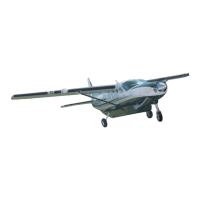
Do you have a question about the Cessna Grand Caravan 208B G1000 and is the answer not in the manual?
| Manufacturer | Cessna |
|---|---|
| Model | Grand Caravan 208B G1000 |
| Engine | Pratt & Whitney Canada PT6A-114A |
| Engine Power | 675 shp |
| Service Ceiling | 25, 000 ft (7, 620 m) |
| Maximum Takeoff Weight | 8, 807 lb (3, 995 kg) |
| Avionics | Garmin G1000 |
| Type | Single-engine turboprop utility aircraft |
| Stall Speed | 61 knots |
| Range | 964 nautical miles |
| Maximum Landing Weight | 8, 500 lb (3, 856 kg) |
| Fuel Capacity | 335 gallons |
| Cabin Length | 16 ft 9 in (5.11 m) |
| Cabin Width | 5 ft 4 in (1.63 m) |
| Seating Capacity | 14 |
Information regarding the approved fuel grades and specifications for the aircraft.
Details about the approved oil grade and specifications for the engine.
Specifies the maximum allowable weights for ramp, takeoff, and landing.
Specifies the airspeed limitations for safe operation of the aircraft.
Outlines the limitations for the aircraft's power plant operation.
Specifies the maximum allowable weights for ramp, takeoff, and landing.
Specifies the limits on maneuvers allowed for the aircraft.
Outlines the flight load factor limits to ensure structural integrity.
Details limitations and specifications related to aircraft fuel.
Specifies the maximum operating altitude for the aircraft.
Specifies the limitations for flap extension and retraction.
Lists critical airspeeds for various emergency operations.
Outlines procedures for engine failures during takeoff, immediately after, and during flight.
Details procedures for attempting an engine airstart.
Procedures for conducting forced landings with or without engine power.
Procedures for ditching the aircraft in water.
Procedures for handling engine fires in flight, electrical fires, and cabin fires.
Procedures for handling generator failure and voltage issues.
Procedures for handling aileron, elevator, and rudder mistrim.
Lists recommended airspeeds for various normal flight operations.
Detailed procedures for conducting the preflight inspection of the aircraft.
Procedures to follow before starting the aircraft engine.
Detailed steps for starting the engine using the aircraft battery.
Detailed steps for starting the engine using an external power source.
Final checks and procedures before takeoff.
Procedures for normal, short field, and anti-ice fluid takeoffs.
Procedures for climbing to cruise altitude.
Procedures for descending the aircraft.
Final procedures and checks before landing.
Procedures for normal, short field, crosswind, and balked landings.
Procedures to follow after landing and taxiing clear of the runway.
Procedures for shutting down the engine and securing the airplane.
Performance data related to takeoff, including distance and power settings.
Performance data related to cruise flight, including speed, altitude, and fuel.
Estimates of fuel required for various flight phases, including reserve.
Performance data related to landing, including distances and speeds.
Stall speeds for various flap settings and center of gravity conditions.
Chart showing maximum engine torque limits for takeoff.
Chart showing maximum engine torque limits for climb.
Performance data related to cruise flight, including speed, altitude, and fuel.
Chart showing maximum cruise torque limits.
Takeoff distances for short field operations without a cargo pod.
Procedures for climbing to cruise altitude.
Step-by-step procedures for weighing the airplane.
Information on calculating and understanding aircraft weight and balance.
Record for documenting cargo loading and flight weight and balance.
Procedures for loading baggage and cargo in the cabin and cargo pod.
Specifies maximum allowable weight limits for each cargo zone and compartment.
Precautions to take regarding center of gravity limits for safe loading.
Procedures and requirements for securing cargo to prevent movement.
Tables for determining weight and moment for various items and occupants.
Graphical representation of the airplane's center of gravity limits.
Graphical representation of the center of gravity moment envelope.
Explanation of the airplane's flight control surfaces and their operation.
Overview of the instrument panel layout and its components.
Explains the meaning and color coding of Crew Alerting System (CAS) messages.
Describes the operation and protection of the wing flap system.
Describes the tricycle landing gear, brakes, and nose gear fork.
Provides a detailed description of the Pratt & Whitney PT6A-114A engine.
Explains the operation of the engine's primary controls.
Details the operation and use of the emergency power lever.
Explains the Engine Indication System (EIS) and its displayed parameters.
Describes the components and operation of the engine lubrication system.
Explains the components and operation of the engine ignition system.
Details FAA required inspections and their periods.
Proper procedure for tying down the airplane to prevent damage from wind.
Details servicing requirements and recommendations for the airplane.
Information on approved oil grades and specifications for the engine.
Information on approved fuel grades for the airplane.
Information on causes, detection, and prevention of fuel contamination.
Procedures for ground deicing and anti-icing operations in cold weather.
Provides holdover times for various types of deicing and anti-icing fluids.
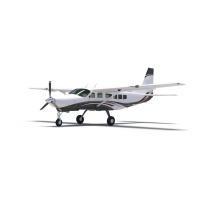
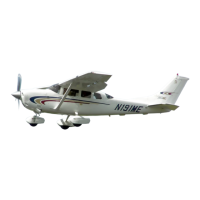
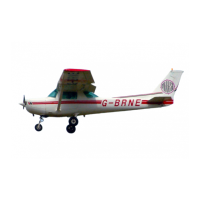
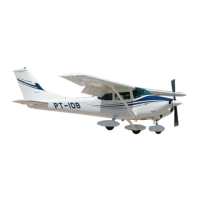
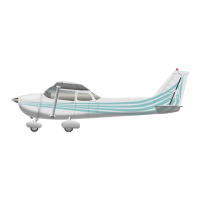
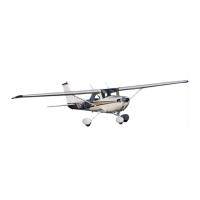
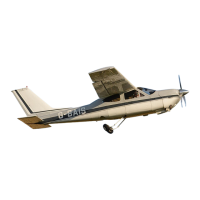
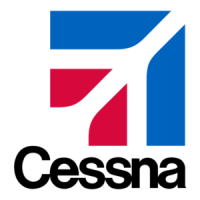
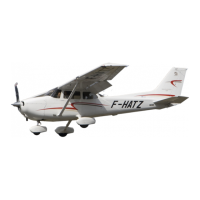
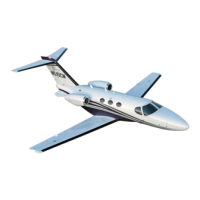
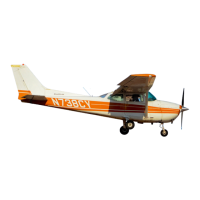

